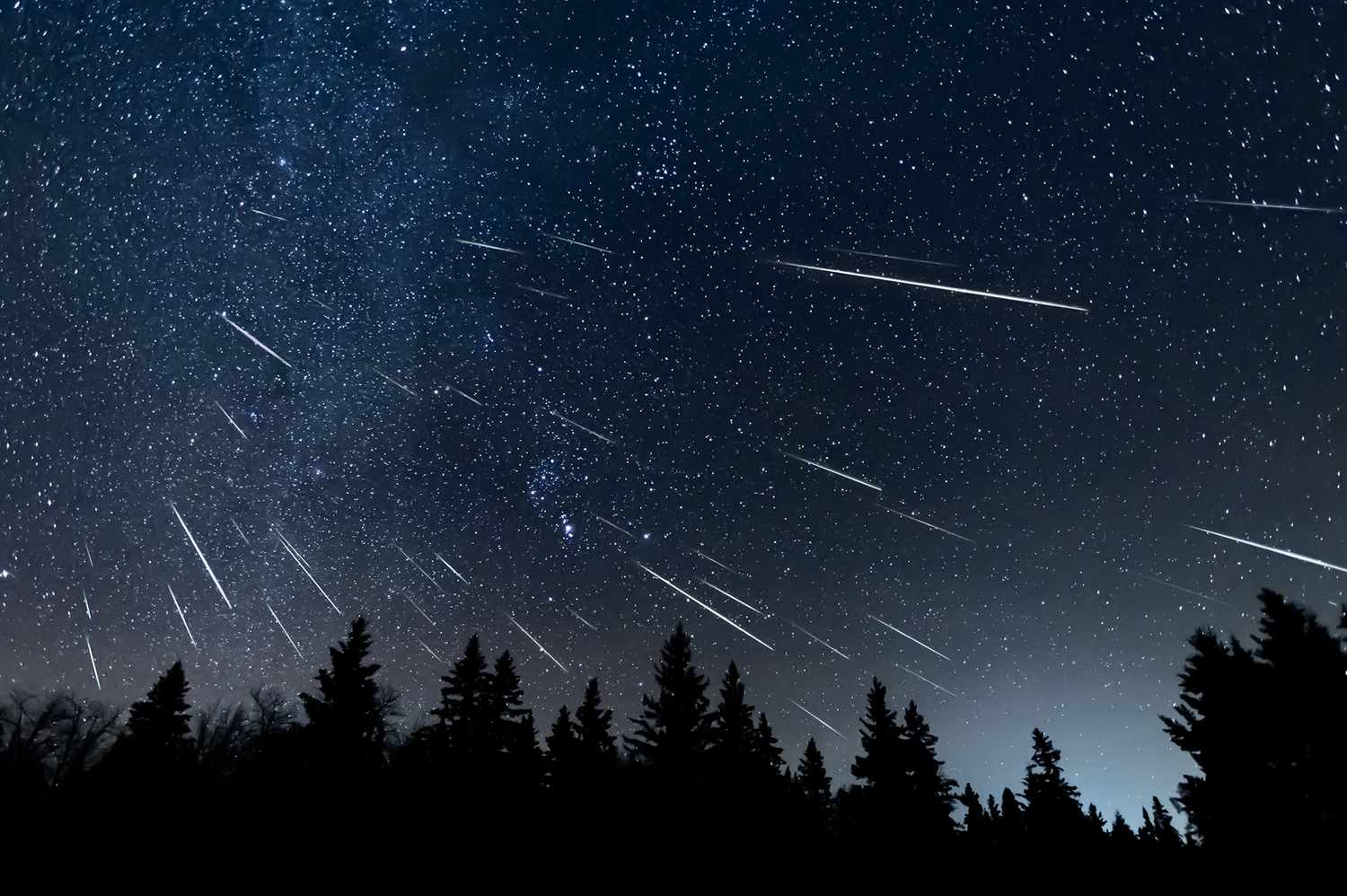Earth’s tectonic plates make our world unique. Thanks to these colossal continental and oceanic islands floating atop a partly molten hellish mantle, we have oceans and mountains, volcanoes and earthquakes, and even an atmosphere.
That’s why a team of Dutch scientists from Utrecht University has conjured up a new database containing everything you’d need to know about every single subducted tectonic plate ever discovered. These aren’t the ones forging the surface world, but those that have since slipped into oblivion below.
It’s even got a rather splendid name: “The Atlas of the Underworld.”
These 94 gargantuan slabs of rock and fire are categorized by their age of formation, their depth, their location and more. Featuring stunning visual representations, this project – accompanied by an article in the journal Tectonophysics – is a masterpiece 17 years in the making.
Sure, the tectonic plates currently slamming into each other, tearing themselves asunder from each other, and sliding past each other are those that, for the most part, determine what kind of world we live on. From Antarctica to the Americas, the planet would be an alien one if it wasn’t for these remarkable jigsaw pieces.
These once-subducting plates, however, were responsible for incredibly explosive volcanism, deep-seated earthquakes, and devastating tsunamis. If we want to understand some of the planet’s most powerful natural disasters, and if we want to understand both its past and its future, this Atlas represents an essential tool.

Many of these hidden plates were discovered using seismology. When certain waves (primaries) travel through their environment, they move faster through colder, solid materials than they do through hotter, partly molten materials. Another type of wave (secondaries) can only travel through solids, not liquids.
Using this information, geophysicists have revealed to us the inner workings of the planet. Similarly, this is how these 94 concealed tectonic plates have been identified, and how the Atlas has been created.

These sinking, doomed tectonic plates represent the long-lost surface of the planet. Over the past 300 million years they have completely broken off, and have been slowly descending into the conflagration below ever since.
However, in a very geological sense of the word, they are eventually reincarnated as violent demons.

When a plate freefalls into the highly viscous mantle, it dehydrates, then begins to melt away at the boundary between the mantle and the liquid outer core, 2,891 kilometers (1,796 miles) beneath the surface.
Within this graveyard of tectonic plates, there are at least two unfathomably large molten blobs sitting beneath the Pacific Ocean and the African continent. There’s a chance that these blobs are unusually hot, decomposing, and incredibly ancient tectonic plates – and one day, they could transform into buoyant “superplumes” that will rise up and smash the crust apart.
[H/T: ArsTechnica]








 Photographer Finds Locations Of 1960s Postcards To See How They Look Today, And The Difference Is Unbelievable
Photographer Finds Locations Of 1960s Postcards To See How They Look Today, And The Difference Is Unbelievable  Hij zet 3 IKEA kastjes tegen elkaar aan en maakt dit voor zijn vrouw…Wat een gaaf resultaat!!
Hij zet 3 IKEA kastjes tegen elkaar aan en maakt dit voor zijn vrouw…Wat een gaaf resultaat!!  Scientists Discover 512-Year-Old Shark, Which Would Be The Oldest Living Vertebrate On The Planet
Scientists Discover 512-Year-Old Shark, Which Would Be The Oldest Living Vertebrate On The Planet  Hus til salg er kun 22 kvadratmeter – men vent til du ser det indvendigt
Hus til salg er kun 22 kvadratmeter – men vent til du ser det indvendigt  Superknepet – så blir snuskiga ugnsformen som ny igen!
Superknepet – så blir snuskiga ugnsformen som ny igen!  Meteorite That Recently Fell in Somalia Turns Out to Contain Two Minerals Never Before Seen on Earth
Meteorite That Recently Fell in Somalia Turns Out to Contain Two Minerals Never Before Seen on Earth  Nearly Frozen Waves Captured On Camera By Nantucket Photographer
Nearly Frozen Waves Captured On Camera By Nantucket Photographer  It’s Official: Astronomers Have Discovered another Earth
It’s Official: Astronomers Have Discovered another Earth 